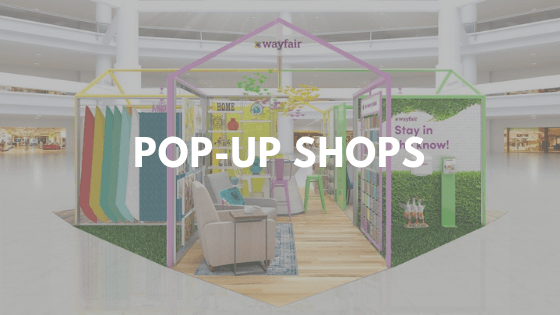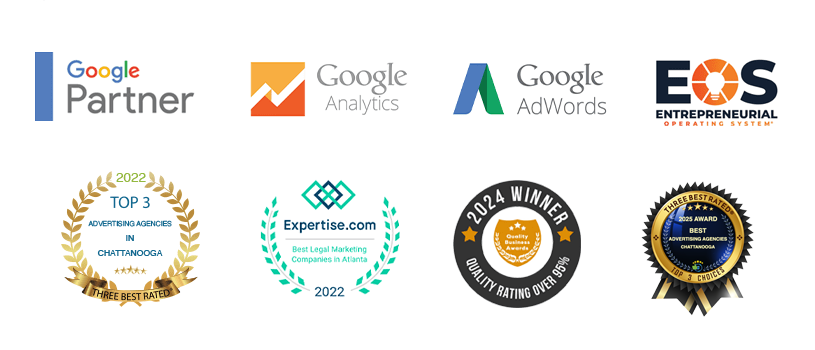News

Why Should You Run a Pop-up?

Pop-up shops for digital-first brands create a clear definition of success and measurement
Many retailers are hopping aboard the pop-up wagon. Pop-up shops offer the chance for your customers to get up close and personal with your products in a truly immersive setting. In addition to producing sales, you can also increase brand awareness and receive valuable feedback directly from your customers.
Consumers love the lure of exclusivity, and brands love the unmatched opportunity for experimentation of abstract concepts. Last month, Wayfair announced that it would open two temporary stores in empty shopping mall spaces over the holiday season. The temporary stores will test how offline customers interact with the brand, fine-tune its merchandising strategy and push traffic back to Wayfair’s online store. Some in-store sales will be an added benefit. Bob Sherwin, head of North American marketing at Wayfair said, “Physical pop-ups are a natural evolution of our test-and-learn culture.”
What is a pop-up event?
They are temporally retail spaces that give brands the opportunity to sell their products in an environment completely designed and controlled by them. Since they are temporary, they offer a relatively low-cost and low-commitment way for companies to take creative risks, generate buzz, and introduce their brands to new audiences.
With any marketing strategy, it’s important to measure its success in terms of ROI. Here’s how to achieve that for a pop-up approach:
Quantitatively: Brands can track foot traffic, dwell times, sales conversions, average cart size and compare it to online, increase in online engagement and impact on traffic to their website.
Qualitatively: Brands can witness/ learn customer sentiment, purchase motivation; how they respond to size, color and fit; how window design impacts foot traffic.
Advantages of a pop-up to the retailer:
Each brand will have different goals and outcomes that they’ll expect to accomplish through doing a pop-up. Here are some benefits to help you consider doing one:
-Builds brand awareness, brand hype, and exposure
-Test market products or services with key consumers
-Secures customer loyalty
-Creates “Get it while it lasts” urgency
-Educates new customers
-Test a new revenue stream
-Engage customers offline
-Go to where your customers are
-Provide an opportunity for experiential retail
-Learn target customer behavior patterns
-Adds credibility, especially for e-commerce retailers
Different types of pop-ups:
If you’re looking for shorter timeframes like a week or by the day, store within a store is a great option. These spaces typically come as a move-in ready space with some minor decorating and set up. You’ll benefit from the regulars that visit the store and the existing store benefits from the fresh new foot traffic you’re bringing them. It’s a win-win situation and works well for a cross-functional situation. Also, it delivers extra rent revenue for the existing store.
What to consider: Are you a good fit for the clientele and the brands that are already in the store? The owners will want to make sure it doesn’t disrupt their operation.
You’ll find these located in footfall areas such as shopping centers or local markets. These are exactly what you would expect when the retailer sets up a shop in the middle of the mall where customers are walking by. It is a great way to keep new customers walking in front of your products. These spaces have seen a huge amount of interest because it requires little setup and investment. This is ideal for e-commerce retailers going offline for the first time.
What to consider: What other retailers are going to be in your general vicinity? Do you compliment each other or compete? Does the size of the booth limit my stock?
These spaces have great flexibility with rental lengths, often times are move-in ready, and are even great for cocktail hours for your customers. Because they are constantly rotating brands/events in and out, they like to book up as far in advance as they can. You’ll also likely benefit from experienced space owners that have experienced pop-ups as well.
What to consider: Can you get primetime dates? Renters book important dates in advance so it’s very important to get a head start on these types of spaces.
Besides the big anchor stores at the entrances, these are considered in-line spaces. They are the next step up from the kiosk and still come with the built-in foot traffic. In-lines spaces are usually really cost effective as well. Another benefit is that mall owners and shopping centers already know temporary retail sp they’ll understand your needs and will help you become successful.
What to consider: Where are you going to be located in the mall and what stores will be next to? Make sure you are pleased with your location and the foot traffic that flows by.
Street level storefronts represent some of the most coveted and exclusive retail spaces in the world. This is because brands make large profits in these spaces. Consumers love to have an in-store experience and the results prove it. If you have the budget and you’re looking to get some new customers, this is the best option for you!
What to consider: You might not be able to book too far in advance. Many landlords are looking for long-term tenants.










